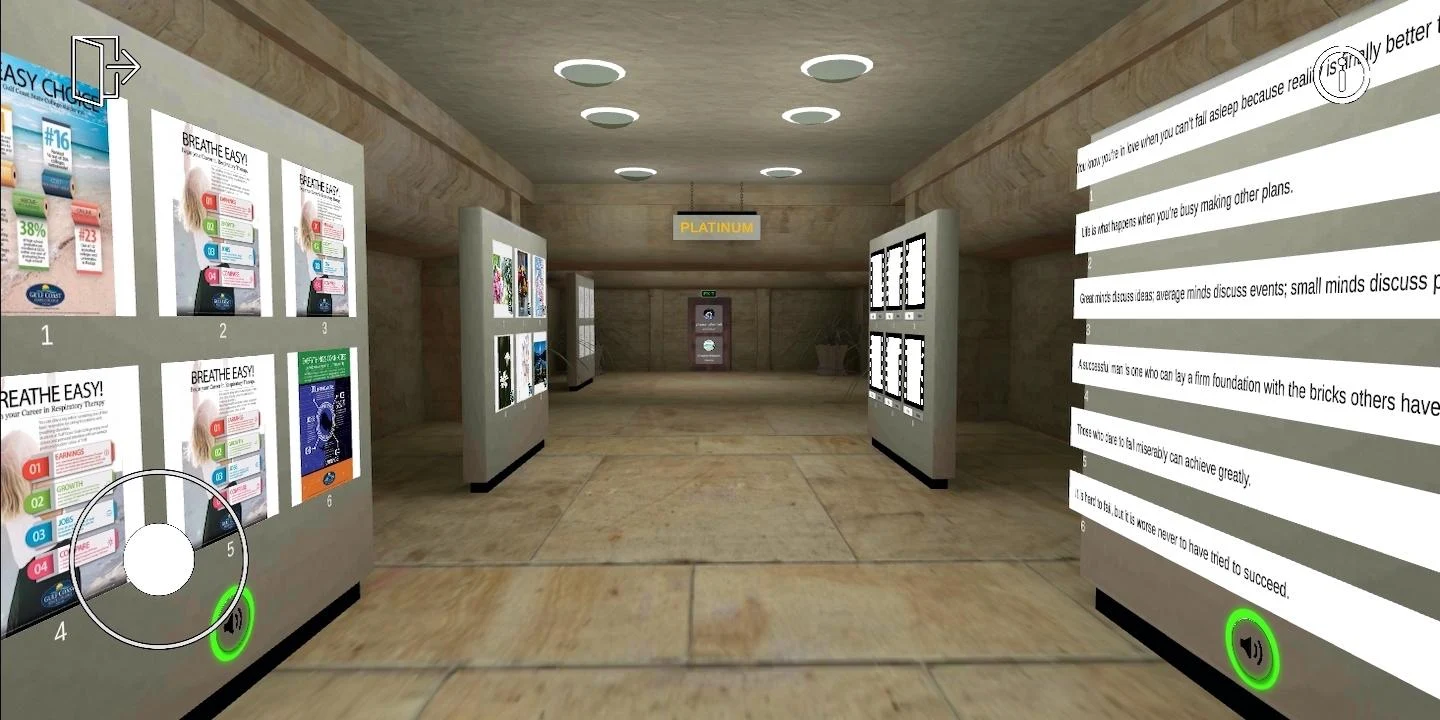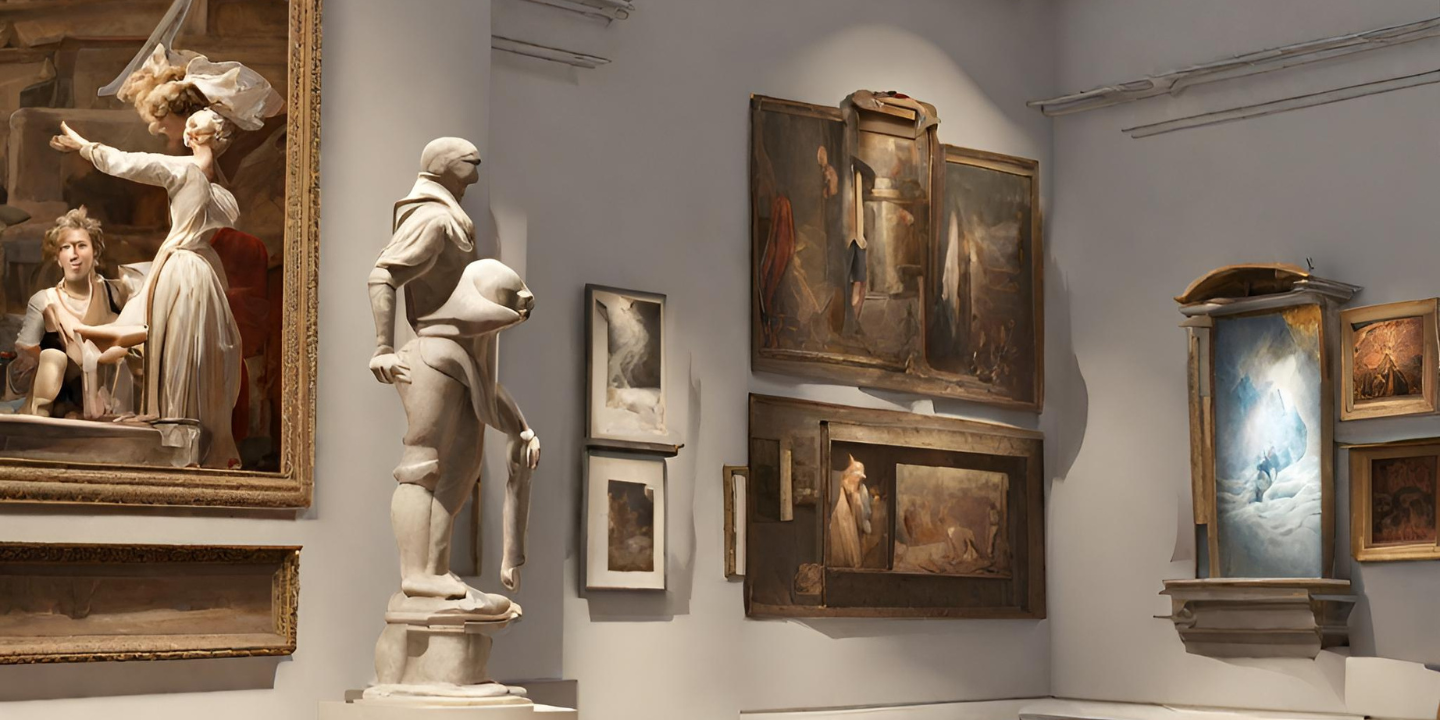Designing a 3D gallery requires careful planning and attention to detail to create an immersive and engaging experience for visitors.

Define the Purpose and Concept: Decide on the purpose of your 3D gallery. Are you showcasing artworks, historical artifacts, or any specific theme? Establish a clear concept and vision for the gallery to guide the design process.
Choose the 3D Platform: Select a suitable 3D platform for creating the gallery. You can use specialized 3D design software, virtual reality (VR) tools, or online platforms that offer 3D gallery templates.
Plan the Layout: Create a floor plan for the gallery space. Determine the number of exhibition rooms or areas and the flow of the visitor’s journey. Consider the arrangement of exhibits, the use of partitions or walls, and the placement of interactive elements if applicable.
Design the Exhibition Spaces: Work on designing each exhibition space or room within the gallery. Pay attention to the lighting, color schemes, and textures to create the desired ambiance. Ensure that the design complements the theme and enhances the viewing experience.
Arrange the Artworks/Exhibits: Place the artworks or exhibits within the gallery according to your intended narrative or flow. Consider the size, scale, and distance between exhibits to optimize visibility and engagement.
Utilize Interactive Elements (if desired): If you want to enhance visitor interaction, consider incorporating interactive elements such as audio guides, clickable information panels, or virtual buttons that trigger additional content.
Optimize Navigation: Ensure that visitors can easily navigate through the 3D gallery. Implement clear pathways, directional signs, or an intuitive user interface if it’s a virtual or VR gallery.
Incorporate Informational Content: Provide informative content for each artwork or exhibit. Include descriptions, artist information, historical context, and any other relevant details to enhance the understanding and appreciation of the displays.
Test the Design: Before making the 3D gallery public or accessible to visitors, thoroughly test the design for functionality, aesthetics, and performance. Seek feedback from others to identify areas of improvement.
Consider Accessibility: Make sure the 3D gallery design is accessible to a wide range of users. Ensure that it accommodates different devices (e.g., desktops, VR headsets, mobile devices) and is user-friendly for people of various technical abilities.
Optimize Performance: If the 3D gallery is accessible online, optimize the performance to ensure quick loading times and smooth navigation. Compress images and 3D models as needed to reduce file sizes.
Launch and Promote: Once the 3D gallery is ready, launch it and promote it to your target audience. Use social media, email marketing, or other channels to attract visitors to the gallery.
Remember that designing a 3D gallery is an iterative process, and you may need to fine-tune the design based on user feedback and evolving requirements. Aim to create a captivating and memorable experience that leaves a positive impression on your visitors.
#virtualartexhibition #ImmerseInArt #eternal3d #virtual #art #exhibition #3dartexhibition
Eternal3D.com #california #cerritos #unitedstate #eternal3d #3d #space #virtualexhibition #virtua
l #contemporaryart #onlineexhibition #artexhibition #artwork #artist #paintings #fineart
#artgallery #stayhome #virtualgallery #modernart #DigitalExhibition #artonline #gallery

